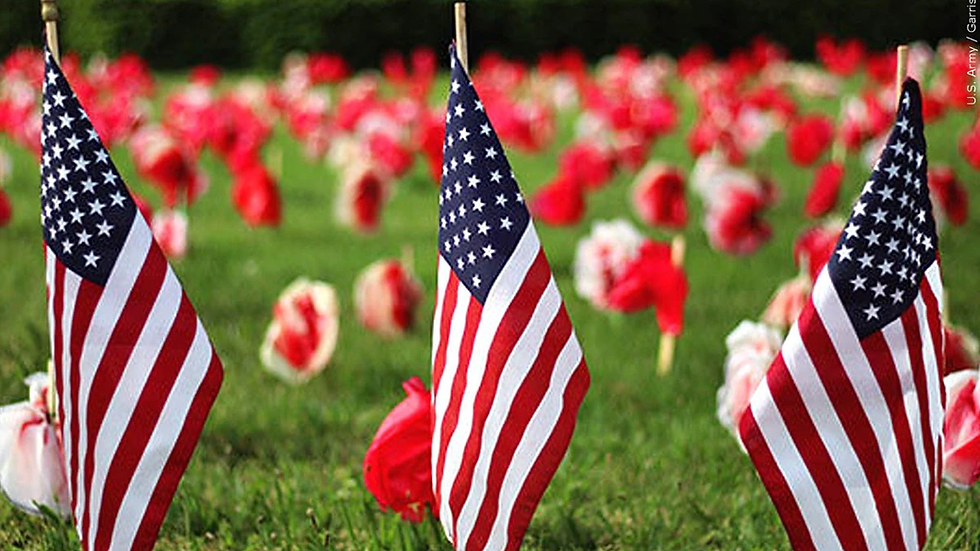2021 December Winter Solstice
- Dec 21, 2021
- 2 min read
Cora Anderson, Sophomore
For both hemispheres, the Winter Solstice takes place on December 21 this year. A solstice is an astronomical event that is caused by the tilt of Earth's axis and orbital motion around the sun. The Northern and Southern hemispheres take turns receiving direct sunlight throughout the year. The Winter Solstice marks the longest nights and shortest days of the year for the Northern Hemisphere, while the Winter Solstice marks the shortest nights and longest days for the Southern Hemisphere. In many cultures, the Winter Solstice is a day of rejoicing and celebrating.

This yearly occurrence brings some slight differences to one's usual surroundings. The amount of daylight decreasing can affect many of Earth's creatures. Here in the Northern Hemisphere, there will be late dawns and early sunsets. There will be a low arc of the sun across the sun each day and the sun will appear very low at noon. The Southern Hemisphere will experience opposite changes. Dawn will come earlier, dusk will come later, and the sun is high at noon. We are closest to the sun in early January, but for now we are moving fastest in orbit. The usual pace the Earth orbits at is 19 miles per second, but now it's slightly faster. The discrepancy between the sun time and clock time is a lot greater around the December Winter Solstice than the June Solstice because we are closer to the sun during this time of year.
While the science behind the Winter Solstice is very fascinating, most of the population likes to focus on the celebration aspect of the event. There are many solstice celebrations and rituals. There may be local rituals that are performed each year, but one well-known ritual is the Pagan tradition. They celebrate by meditating in darkness on the eve of the solstice and then welcoming the birth of the sun with Pagan carols and chants. In order to celebrate this ritual, you will need many candles and a safe place to burn a Yule log, some examples are a fire pit or fireplace. Another way to commemorate the solstice is flying to Stonehenge. Modern druids gather at Stonehenge in England each year. When standing at a specific spot inside the Stonehenge monument on the day of the winter Solstice and facing east through the entrance towards a stone outside the circle called the Heel Stone, one can see the sun rise just above the heel stone. It is a very sophisticated monument that is over 3,000 years old. People who have journeyed to see it have claimed it is a once in a lifetime experience.
One last common tradition for the Winter Solstice is making a resolution. While New Year's Eve is a well known time for making resolutions, some people like to write some goals and resolutions down on the Winter Solstice since it marks the beginning of the new season.
This year take notice of the Winter Solstice and the changes it causes around you. Try out a new celebration or ritual or simply acknowledge nature's beauty with the changing of seasons.
Sources:




Comments